The invention of the telescope revolutionized the way we observe and study stars, planets, and other celestial bodies. It was a game-changer in the fields of astronomy and physics, providing new insights and discoveries. But who was the mastermind behind this incredible invention? In this blog post, we will delve into the history of telescopes, exploring the people and events that shaped its development and paved the way for the scientific discoveries of our modern age.
The First Recorded Telescope: Hans Lippershey
Who was Hans Lippershey?
Hans Lippershey was a Dutch optician who is credited with the invention of the first practical telescope in 1608. Lippershey was born in Wesel, Germany, in 1570, but later moved to the Netherlands where he set up an optical shop in the town of Middelburg.
In 1608, Lippershey applied for a patent for his invention of a device that could magnify distant objects. The patent application described the device as a “spyglass” and stated that it could magnify objects up to three times their size. The spyglass consisted of a convex objective lens and a concave eyepiece lens, which together created a magnified image of the object being viewed.
Lippershey’s invention quickly gained popularity, and he was soon making and selling telescopes to customers all over Europe. However, Lippershey did not patent his invention outside of the Netherlands, and within a few years, similar telescopes were being produced in other countries.
It is important to note that while Lippershey is credited with inventing the first recorded telescope, the concept of magnifying distant objects with lenses was not new. The ancient Greeks and Romans had already discovered the magnifying properties of lenses and had used them for a variety of purposes. However, Lippershey was the first person to put the concept into practice by combining two lenses in a tube, creating a device that could be pointed at distant objects to magnify their image.
Impact of his invention on the field of astronomy
The invention had a profound impact on the field of astronomy. Before the telescope, astronomers were limited in their observations to the naked eye and could only see a limited number of stars and celestial objects. With the invention of the telescope, astronomers were able to observe the universe in greater detail, leading to a multitude of new discoveries and advancements.
One of the most notable impacts of the telescope was the ability to observe and study the planets in our solar system. Astronomers were able to see the phases of Venus, the spots on the Sun, and the four largest moons of Jupiter, among other things. These observations challenged the prevailing view that the Earth was at the center of the universe and led to the development of the heliocentric model of the universe.
The telescope also made it possible to study distant stars and galaxies, leading to the discovery of the Milky Way and the realization that it was just one of many galaxies in the universe. This sparked a new era of exploration and discovery, with astronomers using larger and more powerful telescopes to study the cosmos in even greater detail.
Key Figures in the Advancement of Telescopes
Galileo Galilei and his contribution to the field of astronomy
Galileo Galilei was an Italian astronomer, mathematician, and physicist who lived in the 16th and 17th centuries. He is widely considered to be one of the most important figures in the history of science. He is credited with making major contributions to the fields of astronomy, physics, and mathematics.
Galileo built his telescopes and used them to make numerous observations of the heavens, including the phases of Venus, the moons of Jupiter, and the craters on the Moon. These observations challenged the prevailing view of the universe and provided key evidence in support of the heliocentric model proposed by Copernicus.
In addition to his observational work, Galileo made major contributions to the field of astronomy through his writings. He wrote several books, including “Sidereus Nuncius” (The Starry Messenger) and “Dialogue Concerning the Two Chief World Systems,” which presented his observations and theories about the cosmos and helped to popularize the study of astronomy.
Galileo’s contributions to the field of astronomy were significant and had a lasting impact on the development of the field. He paved the way for future generations of astronomers and scientists, who would continue to build upon his work and make new discoveries about the universe.

Isaac Newton and his invention of the reflecting telescope
Isaac Newton was an English mathematician, physicist, and astronomer who lived in the 17th and 18th centuries.
One of Newton’s most important contributions to the field of astronomy was the invention of the reflecting telescope. Prior to Newton’s invention, telescopes used refracting lenses to magnify objects. However, these telescopes had limitations due to the chromatic aberration caused by the lenses, which produced colored halos around bright objects.
To overcome this limitation, Newton designed a new type of telescope that used mirrors instead of lenses to magnify objects. This type of telescope is known as a reflecting telescope and is still in use today. Newton’s design eliminated the chromatic aberration problem and allowed for the production of clearer images of celestial objects.
Newton’s reflecting telescope was a major improvement over previous designs and had a lasting impact on the field of astronomy. It paved the way for the development of larger and more powerful telescopes, which would be used to make new discoveries about the universe. Today, reflecting telescopes continue to be used by astronomers to study the cosmos and make new discoveries about the universe.
Other notable astronomers and their contributions to the field
While Galileo Galilei and Isaac Newton are two of the most famous astronomers associated with the development of telescopes, there were many other notable astronomers who made important contributions. Here are a few examples:
- William Herschel: A British astronomer who designed and built his own telescopes, including the largest telescopes of his time. He developed a technique for grinding and polishing large mirrors, enabling him to construct reflector telescopes with greater light-gathering power than previously possible. His innovative designs made reflectors more practical and effective.
- James Gregory: A Scottish mathematician and astronomer who developed a unique design that utilized a concave mirror to collect and reflect light back to a smaller convex mirror, which directed the light to an eyepiece. The resulting Gregorian telescope provided several benefits over earlier reflecting telescope designs.
- Bernhard Schmidt: A German optician who invented the Schmidt telescope in the early 20th century. Schmidt’s design used a spherical mirror and a corrector plate to produce images with a wide field of view and minimal aberrations. The Schmidt telescope has become a popular tool for astronomical surveys and imaging, and it has been used to discover many new objects in the universe.
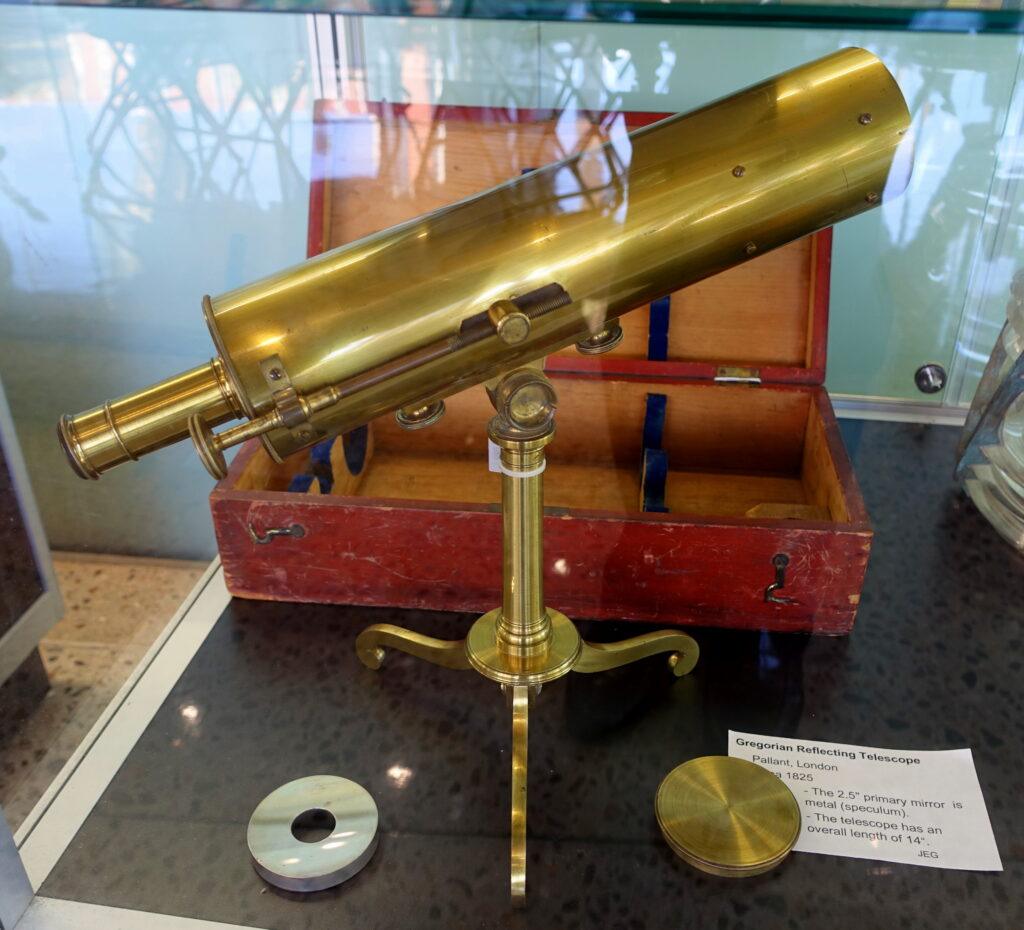
Modern Telescopes and Their Capabilities
Types of modern telescopes in use today
Over the centuries, telescopes have undergone significant advancements and improvements. Some of the most common types of modern telescopes include:
- Refracting telescopes: These telescopes use lenses to focus light and produce images of celestial objects. Refracting telescopes are often used for terrestrial observation and are popular among amateur astronomers.
- Reflecting telescopes: Reflecting telescopes use mirrors to focus light and produce images of celestial objects. These telescopes are often larger and more powerful than refracting telescopes and are commonly used by professional astronomers.
- Radio telescopes: These telescopes are designed to detect radio emissions from celestial objects, such as stars and galaxies. Radio telescopes are often much larger than optical telescopes and use specialized equipment to detect radio emissions.
- Space telescopes: These telescopes are designed to be placed in orbit around the Earth, allowing them to study the cosmos free from the interference of Earth’s atmosphere. Space telescopes, such as the Hubble Space Telescope, have revolutionized our understanding of the universe and made many important discoveries.
- Solar telescopes: These telescopes are specifically designed to study the Sun and its various processes. Solar telescopes use specialized equipment to safely observe the Sun and gather data about its activity.
Advancements in technology have led to more powerful and precise instruments
Technology has continued to advance and improve, leading to the development of more powerful and precise telescopes. Some of the key advancements in technology that have contributed to this progress include:
- Development of new materials: Stronger and lighter materials for mirrors and lenses have allowed for the construction of larger and more powerful telescopes. This has enabled astronomers to study celestial objects in greater detail and make discoveries about the universe.
- Computers and automation: The use of computers and automation has revolutionized the field of astronomy. Today, telescopes can be controlled remotely and observations can be conducted automatically, freeing up astronomers to focus on analyzing data and making new discoveries.
- Adaptive optics: This technology uses lasers and mirrors to correct for the blurring effects of Earth’s atmosphere, allowing telescopes to produce clearer and more detailed images of celestial objects.
- Interferometry: This technique combines the light collected by multiple telescopes to produce images with higher resolution and sensitivity than can be achieved with a single telescope.

Current and Future projects and initiatives in the field of astronomy
Astronomy is an exciting and rapidly advancing field, and there are many exciting projects and initiatives underway to further our understanding of the universe. Some of the most notable current and future projects and initiatives include:
- The James Webb Space Telescope (JWST): The JWST launched on December 25th, 2021, and will be the successor to the Hubble Space Telescope. The JWST will be capable of observing distant stars and galaxies, as well as studying the formation of planetary systems and the evolution of galaxies.
- The Euclid Space Telescope: The Euclid Space Telescope is set to launch in 2023 and will be designed to study the nature of dark energy and dark matter, two mysterious substances that make up most of the universe.
- The Square Kilometer Array (SKA): The SKA is an international effort to build the largest radio telescope in the world, capable of observing the universe with unprecedented sensitivity and detail. The SKA is expected to make many important discoveries about the universe, including the formation of stars and galaxies.
- The Nancy Grace Roman Space Telescope (WFIRST): The Roman Space Telescope is a future NASA mission that will study the universe using infrared light. The WFIRST will study dark energy and dark matter, as well as perform a wide-field survey of the universe to study the formation and evolution of galaxies.
In conclusion, telescopes have played a critical role in advancing our understanding of the universe. From Hans Lippershey’s invention of the first recorded telescope in the early 1600s, to Galileo Galilei and Isaac Newton’s contributions to the field, to the powerful and precise modern telescopes of today, the development of telescopes has enabled astronomers to study the cosmos in greater detail and make new discoveries about the universe.

Andrew
Welcome to TelescopeTherapy.com, your trusted source for expert insights on astronomy, telescopes, and the transformative power of stargazing for mental well-being. With years of experience and a passion for exploring the cosmos, we are your go-to destination for all things celestial. Our mission is to bring the wonders of the universe to your fingertips and demonstrate how the art of stargazing and telescope therapy can nurture not only your astronomical curiosity but also your mental health. Explore the cosmos with us and discover the profound connection between the night sky and your inner peace. Join us on this celestial journey and unlock the therapeutic potential of the stars.
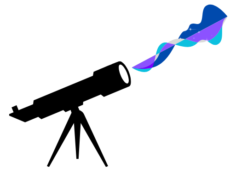

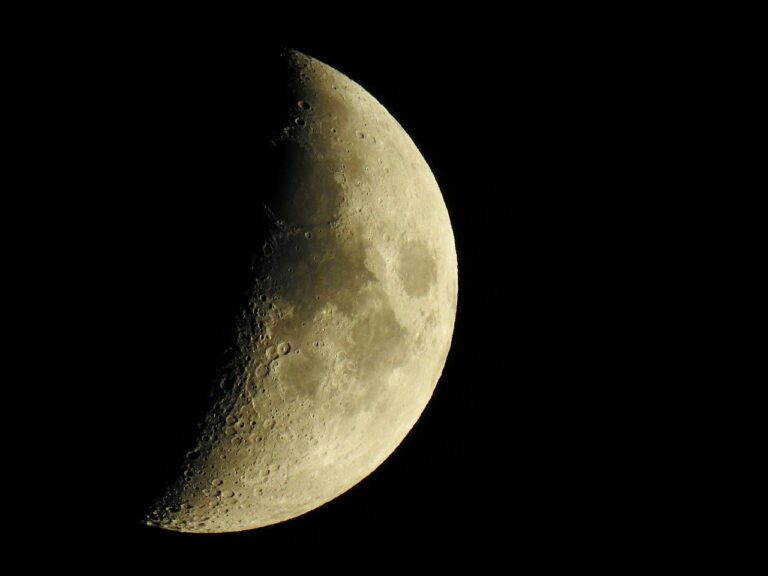
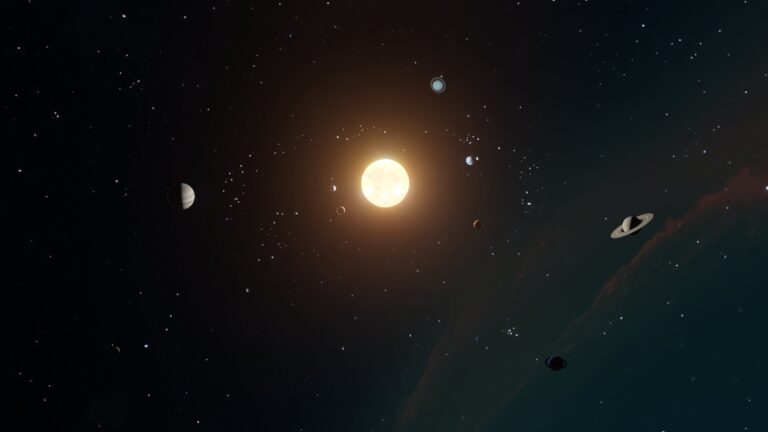
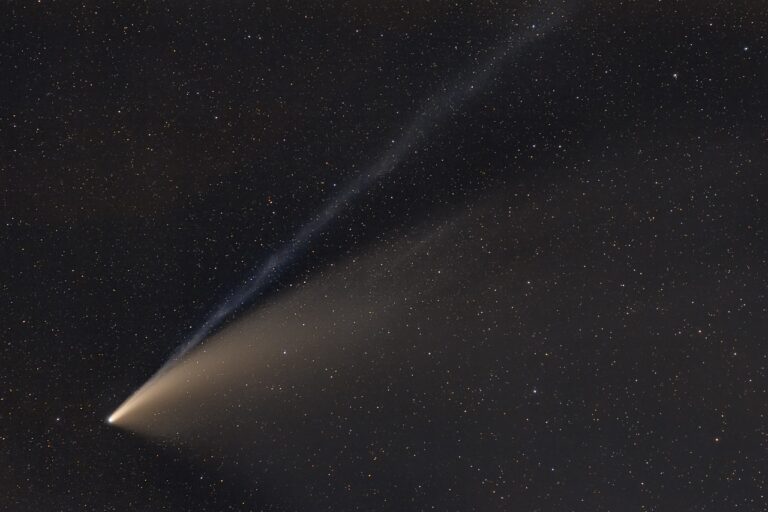
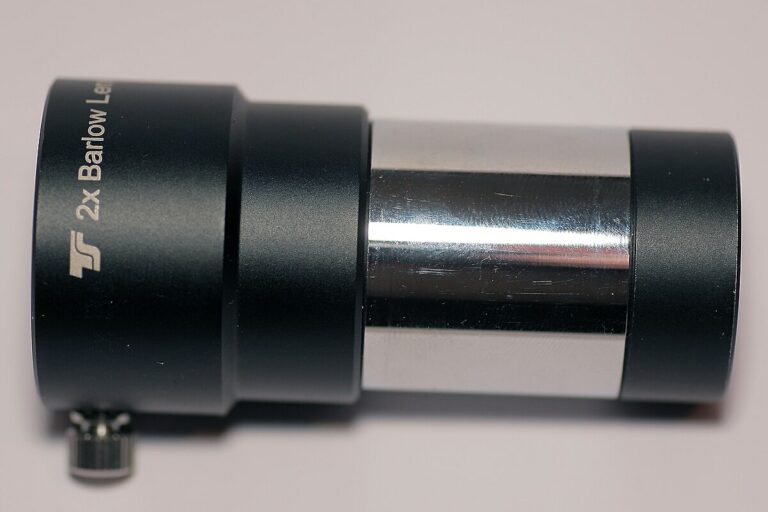
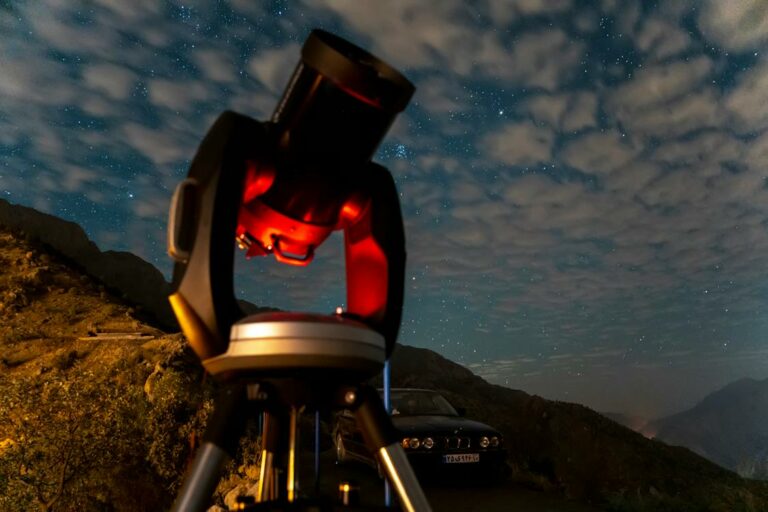
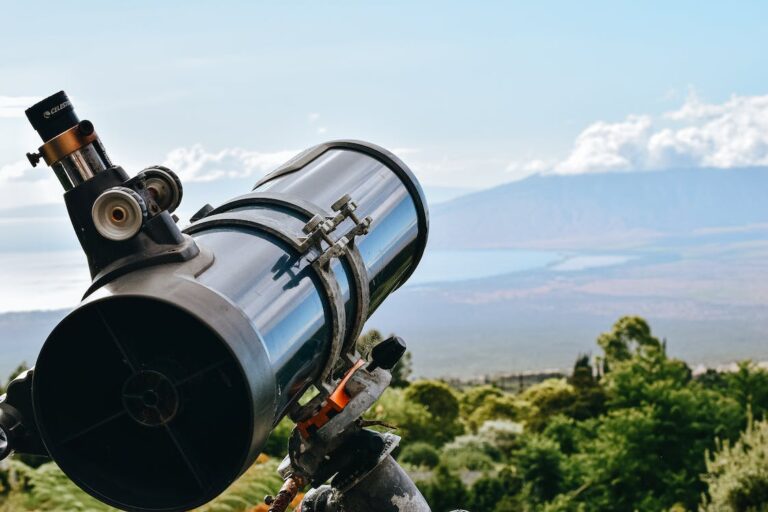
+ There are no comments
Add yours